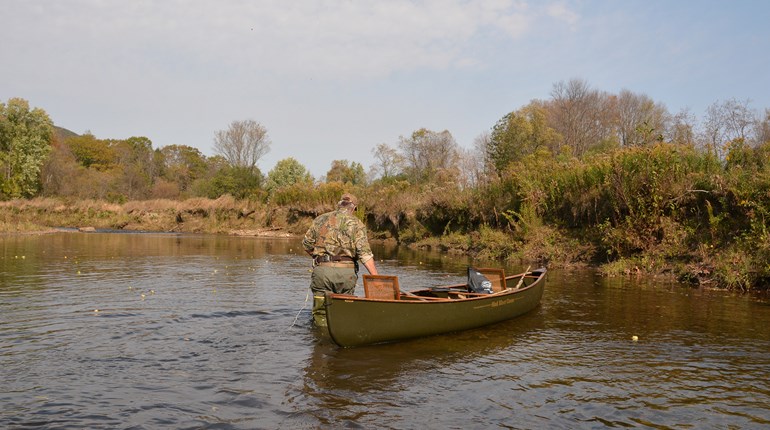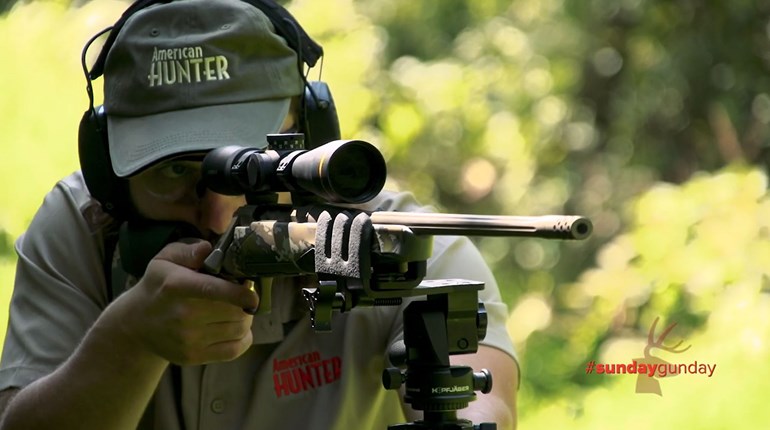
12/28/2012
It always happens when you can’t do anything else. No divided attention. You finished the book. The batteries in the radio died. There’s just coffee and more coffee, and the night. The cold, dark night.
It’s a deep diesel undercurrent at first, but then it climbs slowly up the register until the ghosts of night come out and your pulse pounds and the dead bring their wailing up to the surface to help their earthly counterpart: the wolf.
He’s there, out there in the night. We know from living in this place that winter drives him down from the tundra where the parka squirrels live, drives him down where the snow is deep and the moose can’t move as quickly, drives him down here … here in the thick forest where we live.
Oh, we can all read. The Big Bad Wolf … it’s a myth. Wolves attacking humans … almost myth. It happened once, a long time ago in Canada, and the wolf was rabid. Thinning the herds of moose and caribou, taking their rightful place in the scheme of things. We’re safe. We’re here behind canvas in hunting camp, or behind log walls at home. And here by the cabin we have a dozen sled dogs that no wolf in his right mind would approach.
Tell that to the dogs. Several generations of this dog team were born right here. None of them, not a one, has ever seen a wolf. Every one of them would attack a bear in a heartbeat. But wolves?
With the first quavering howl of the wolf you can hear the thump, whump, whop as a dozen 80-pound dogs hit the back walls of their dog houses. Tell the dogs this living ancestor won’t come in and eat them. They know better. They know in their corpuscles that they’re hearing death itself in the quiet frozen night.
Along the Susitna River, it was the legendary wolf we called Bigfoot. He left a track the size of a coffee saucer. His voice filled the canyons and permeated our nervous systems. He was smart. One night we heard the lesser chasing howls of two females, running up the river, 200 yards away. And when the river is winter-solid we can hear everything, even the things tied to horror in the dark.
The two females were in full chase and then from what we knew was an island in the river, we heard Bigfoot coming diagonally at them. Then there was some yipping and then the quiet took over again. At first light I found what was left of the cow moose. The two females ran her up the river into a Bigfoot ambush. He was smart.
As we ready for the wolf hunt there is that slight undercurrent of … anxiety? It’s as good a word as any. When the huge, powerful wraiths of the night sing, no matter how thick the walls, we’re glad we’re inside and we look to see that the rifle still waits above the door.
They’re no danger to us. We know that. We can read.
Calling Canis
Calling a wolf (Canis lupus) is similar to calling a coyote as predators are inquisitive by nature: They’re always seeking their next meal. Sounds of hurt prey are extremely effective—whether it be a squeaker that imitates a field mouse or a rabbit- or a fawn-in-distress call. Unlike coyotes, wolves prey on elk and can be called in with the same cow elk call you use to call bull elk.
-Set up and call from high ground to increase your visibility and keep the wind in your face.
-Try a combination of a distressed-animal call and wolf howl to appeal to their sense of opportunism for an easy meal and to pose as another wolf challenging their territory.
-Consider using a blind as wolves (like all dogs) have exceptional eyesight.



































